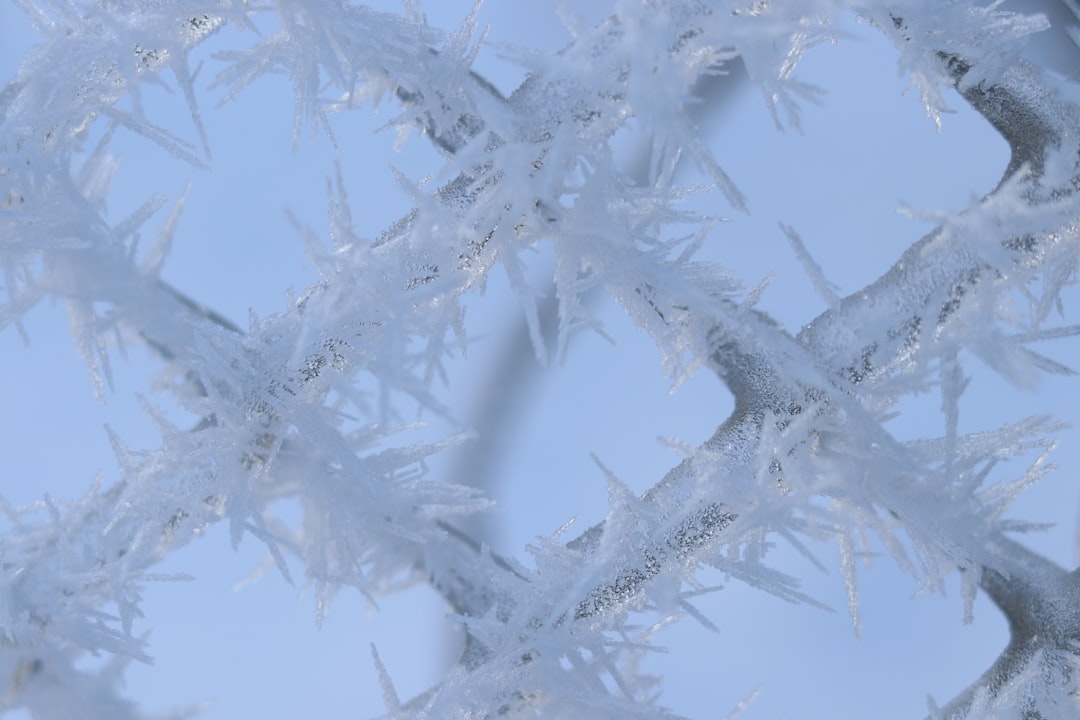Galvanized steel, renowned for its durability and corrosion resistance, is a popular choice for a wide range of applications. However, its performance in cold climates warrants a closer examination. Understanding how galvanized steel behaves in freezing temperatures is crucial for ensuring the longevity and effectiveness of structures and products exposed to harsh winter conditions. This comprehensive guide delves into the key aspects of galvanized steel’s performance in cold climates, helping you make informed decisions for your projects.
Corrosion Resistance in Sub-Zero Temperatures
One of the primary reasons for choosing galvanized steel is its exceptional corrosion resistance. The zinc coating protects the underlying steel from rust and degradation, even in humid or salty environments. But does this protection hold up in freezing temperatures? The good news is that it generally does. The zinc coating remains effective at preventing corrosion, even when exposed to ice, snow, and de-icing salts. However, the rate of corrosion can be slightly affected by the frequency of freeze-thaw cycles. Rapid temperature fluctuations can create stress on the zinc coating, potentially leading to micro-cracking in extreme cases. This is more likely to occur with thinner zinc coatings or in areas with highly aggressive environments, such as coastal regions exposed to salt spray and freezing temperatures simultaneously. Properly applied and thick galvanized coatings, however, offer excellent protection against this risk.
The Impact of Snow and Ice Removal Practices
Snow and ice removal practices can significantly impact the longevity of galvanized steel structures. The use of harsh de-icing chemicals, such as rock salt (sodium chloride), can accelerate corrosion, especially if the chemicals remain in contact with the galvanized surface for extended periods. The abrasive action of scraping ice can also damage the zinc coating, creating vulnerable spots for corrosion to begin. To mitigate these risks, it’s crucial to use less corrosive de-icing agents whenever possible (e.g., calcium magnesium acetate) and employ gentler ice removal techniques. Regular cleaning of the galvanized steel surface to remove accumulated salt and debris is also highly recommended. Consider using a soft brush or broom to avoid scratching the coating.
Thermal Expansion and Contraction Considerations
Steel, like all materials, expands and contracts with changes in temperature. This thermal expansion and contraction can be more pronounced in cold climates due to the wider temperature swings. While galvanized steel itself is quite strong and resilient, these changes can place stress on fasteners, joints, and connections. Proper design and installation are essential to accommodate these movements. Using expansion joints in long spans of galvanized steel structures can help prevent cracking or buckling due to thermal stress. Choosing appropriate fasteners and ensuring secure connections are also critical to maintain structural integrity throughout the freeze-thaw cycles.
Galvanized Steel’s Performance in Different Cold Climate Applications
The performance of galvanized steel can vary depending on the specific application. For example, galvanized steel roofing performs well in cold climates, offering excellent protection against snow and ice accumulation. However, proper ventilation is crucial to prevent moisture buildup beneath the roofing material, which can lead to ice dam formation and potential damage. Similarly, galvanized steel fencing and railings also hold up well, provided they are properly installed and maintained. However, the frequency of snow and ice removal will influence their longevity. In applications with significant exposure to de-icing salts, such as bridges and highway guardrails, thicker zinc coatings or additional corrosion protection measures may be necessary to ensure long-term durability.
Maintaining Galvanized Steel in Cold Climates: Best Practices
Regular inspection and maintenance are key to ensuring the long-term performance of galvanized steel in cold climates. Regularly check for any signs of damage to the zinc coating, such as scratches, abrasions, or rust. Address any minor damage promptly to prevent further corrosion. Cleaning the surface to remove accumulated salt, debris, and other contaminants will also help maintain the integrity of the zinc coating. In areas with heavy snowfall and ice accumulation, prioritize prompt and gentle snow and ice removal to minimize damage to the galvanized steel surface. Consider using less corrosive de-icing agents and avoiding abrasive tools. By following these maintenance practices, you can significantly extend the lifespan of your galvanized steel products in even the harshest winter conditions.
In conclusion, galvanized steel proves to be a reliable and durable material even in the face of freezing temperatures. While understanding the potential impacts of freeze-thaw cycles, de-icing salts, and thermal expansion is crucial, proper selection, installation, and maintenance practices can ensure the long-term performance and cost-effectiveness of galvanized steel products in cold climates.
SEO Tags:
- Galvanized steel cold climate
- Corrosion resistance freezing temperatures
- Galvanized steel winter performance
- Snow and ice galvanized steel
- Cold climate steel applications




